The chemical formula for chloramine is NH2Cl. Chloramine is a compound formed when chlorine gas reacts with ammonia gas. Chloramine is a weak acid and is a colorless gas at room temperature, but is soluble in water to form a solution. Chloramine was first used as a disinfectant for drinking water in the early 20th century and later as a disinfectant in swimming pools and other water systems.
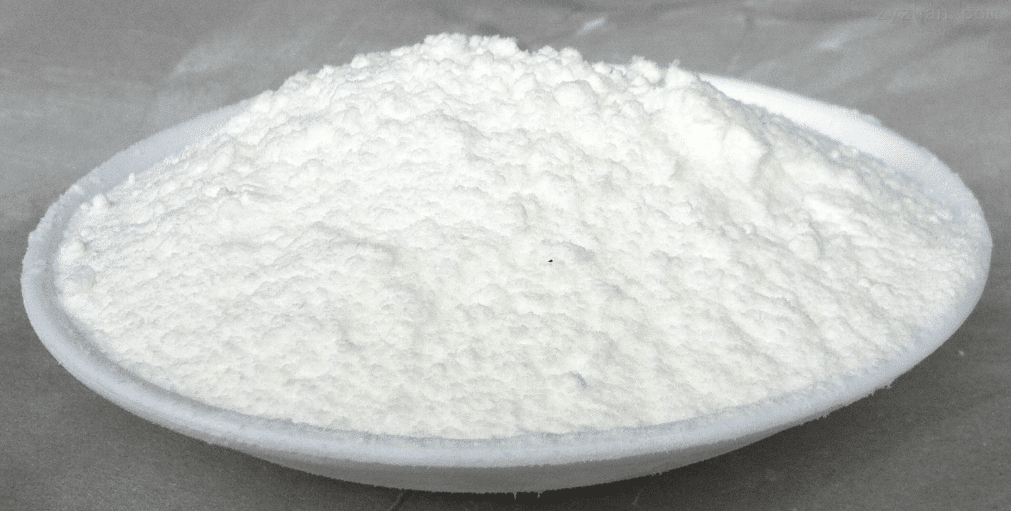
What does chloramine react with in drinking water?
The specific reaction that chloramine produces in drinking water depends on the type of organic matter present in the water. Some common types of organic matter that can react with chloramine include:
- Humic acid
- Fulvic acid
- Natural organic matter (NOM)
- Microbial debris
When chloramine reacts with these organic compounds, it produces a variety of DBPs. Some of the most common DBPs include:
- Trihalomethanes (THMs)
- Haloacetic acids (HAAs)
- N-nitrosodimethylamine (NDMA)
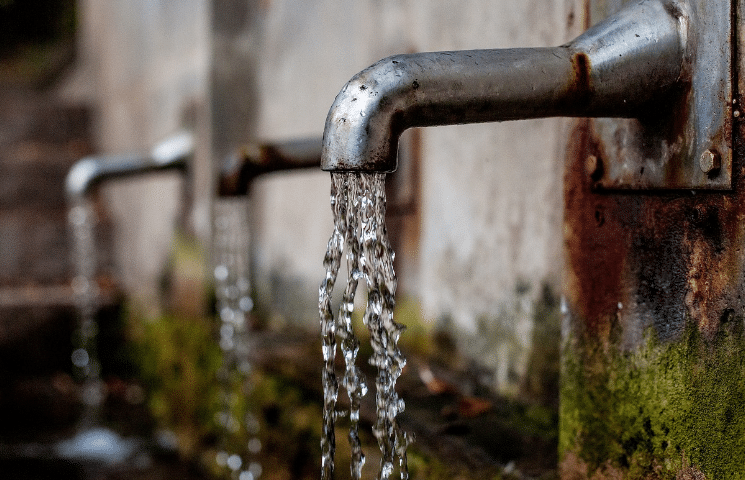
THMs and HAAs are the most common DBPs formed in drinking water. NDMA is a more recently discovered DBP that is considered to be a more potent carcinogen than THMs and HAAs.
The levels of DBPs in drinking water are typically very low, and there is no evidence that they pose a risk to human health at these levels. However, some people may be more sensitive to DBPs than others. If you experience any symptoms after drinking chloramine-treated water, you should contact your doctor.
Benefits and drawbacks of chloramine
Benefits
- Chloramines are less irritating to the skin and eyes than chlorine.
- Chloramines last longer in water than chlorine, so they are often used as a secondary disinfectant.
- Chloramines are effective at killing bacteria and other microorganisms.
Drawbacks
- Chloramines can have a strong odor.
- Chloramines can react with organic matter in water to form disinfection byproducts (DBPs). DBPs have been linked to health problems such as cancer and reproductive problems.
- Chloramines can damage some types of plumbing fixtures.
Comparison of Disinfection Byproducts Between Chloramine and Chlorine
| Disinfection Method | Main Byproducts | Relative Formation Level |
| Chlorine Disinfection | Trihalomethanes (THMs) | High |
| Chlorine Disinfection | Haloacetic Acids (HAAs) | High |
| Chlorine Disinfection | Chloroketones | Medium |
| Chloramine Disinfection | Trihalomethanes (THMs) | Low |
| Chloramine Disinfection | N-Nitrosodimethylamine (NDMA) | High |
| Chloramine Disinfection | Chloro-nitrosoamine Anions | Medium |
What happens if the drinking water is not disinfected with chloramine?
If drinking water is not disinfected with chloramine, it can become contaminated with bacteria, viruses, and other microorganisms. These microorganisms can cause a variety of health problems, including:
- Diarrhea
- Stomach cramps
- Nausea
- Vomiting
- Fever
- Chest pain
- Confusion
- Seizures
- Death
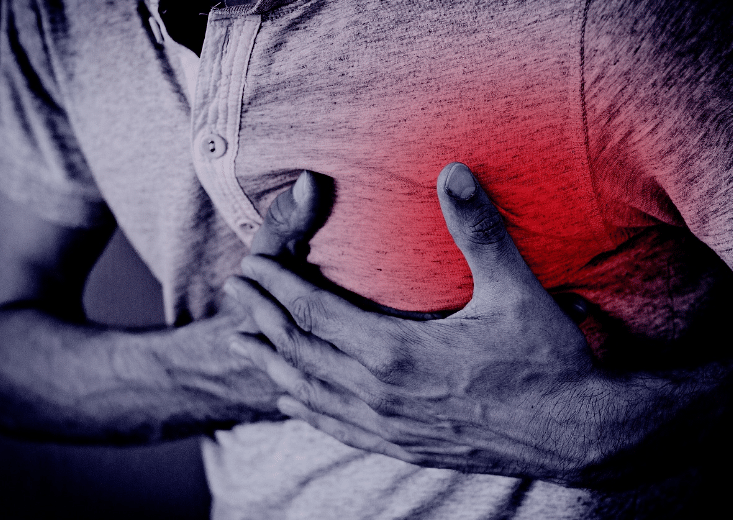
In some cases, drinking water that is not disinfected can also lead to outbreaks of waterborne diseases, such as cholera, typhoid fever, and dysentery. These diseases can be very serious and can even be fatal.
Effects of Different Chloramine Concentrations (mg/L) on the Human Body
| Chloramine Concentration (mg/L) | Possible Effects | Applicable Range |
| 0.5 mg/L | Safe and harmless | Standard drinking water |
| 1.0 mg/L | Slight chlorine taste, minor discomfort for sensitive individuals | Common drinking water disinfection level |
| 2.0 mg/L | Possible unpleasant taste, mild gastrointestinal discomfort | High chloramine residual water sources |
| 3.0 mg/L | Slight irritation to skin and eyes, potential impact on kidney function | Requires additional purification |
| 5.0 mg/L | Strong chlorine odor, long-term consumption may affect health | Exceeds safe limits, not recommended for drinking |
Some tips to reduce chloramine odor in drinking water
- Let the water sit for a few hours before drinking. This will allow the chloramine gas to dissipate.
- Aaerate the water (roots blowers are usually used)through a filter or aerator. This also helps to remove chloramine gas. Aeration tanks are also a good way to remove chloramine gas from water. Aeration tanks are large tanks that are filled with water. The water in the aeration tank is constantly being circulated and aerated. This helps to remove chloramine gas from the water.
- Uses a water filter to remove chloramines. There are many different types of water filters that can remove chloramines from drinking water.

What other applications can chloramine be used in?
- Swimming pools: Chloramine is used to disinfect swimming pools. It is a more effective disinfectant than chlorine and does not irritate the skin and eyes as much.
- Water treatment: Chloramine is used to disinfect water in hospitals, schools, and other institutions. It is also used to disinfect water in water storage tanks and reservoirs.
- Food processing: Chloramine is used to disinfect food and food products. It is also used to disinfect food processing equipment.
- Personal care products: Chloramine is used in some personal care products, such as toothpaste and mouthwash. It is also used in some household cleaning products.
- Industrial applications: Chloramine is used in a variety of industrial applications, such as papermaking and textile manufacturing. It is also used in some medical applications, such as wound disinfection.
What other drinking water disinfection methods are available?
- Chlorination: Chlorination is the most common method used to disinfect drinking water. Chlorine is a powerful disinfectant that can kill bacteria, viruses, and other microorganisms. Chlorination is effective in killing a wide range of microorganisms, including bacteria, viruses, protozoa, and parasites. Chlorination can also remove some of the taste and odor problems associated with drinking water. Sodium hypochlorite (NaOCl) consists of the sodium salt of hypochlorous acid, a chlorine-containing compound that is used as a disinfectant. It is produced when chlorine gas is dissolved in sodium hydroxide solution and is liquid, light yellow and clarified, with a strong chlorine odor. KUOSI’s sodium hypochlorite generators produce low-intensity disinfectants on demand through electrolysis of brine solutions.
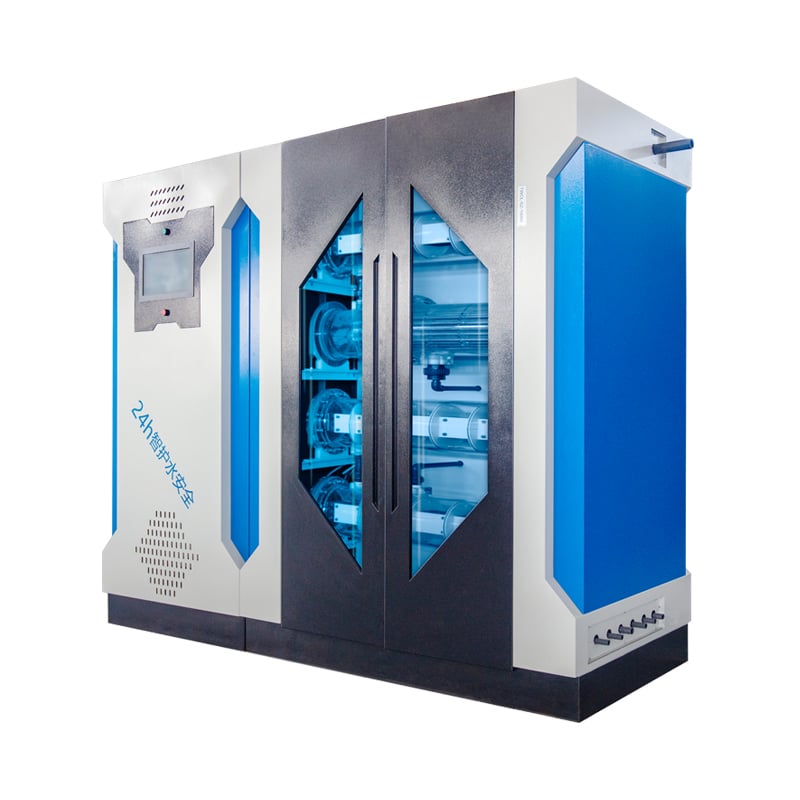
- Ozonation: Ozone is a powerful oxidizing agent that can kill bacteria, viruses, and other microorganisms. Ozonation is more effective than chlorination at killing some microorganisms, such as Giardia and Cryptosporidium. However, ozone is more expensive than chlorine and can be difficult to store and transport. KUOSI’s ozone generator can act as a disinfectant.
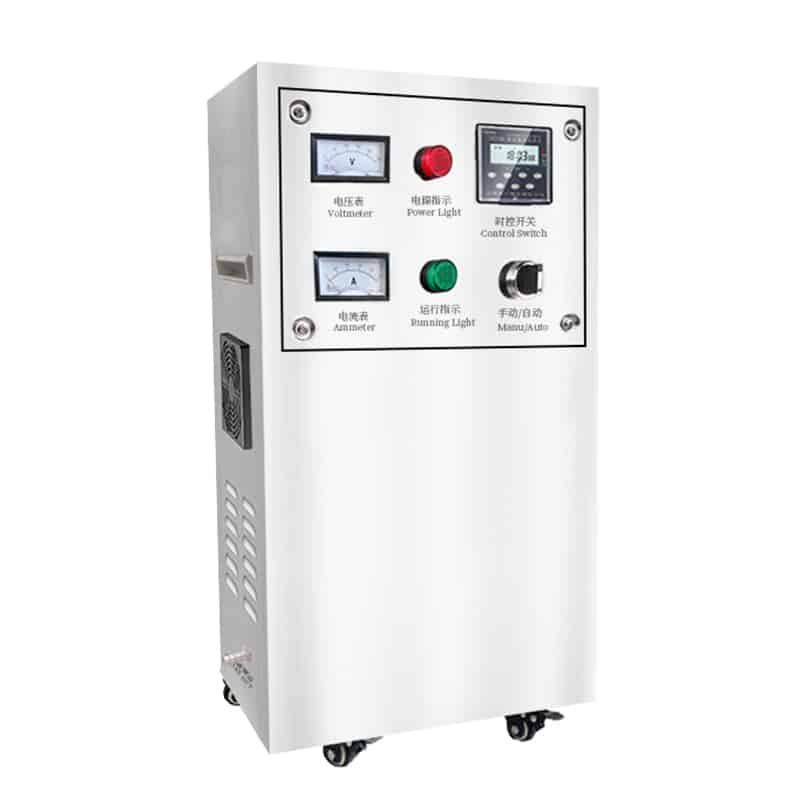
- Ultraviolet (UV) light: UV light can kill bacteria, viruses, and other microorganisms by damaging their DNA. UV light is a safe and effective method of disinfection, but it can be expensive to install and operate.
- Filtration: Filtration can remove bacteria, viruses, and other microorganisms from water by physically blocking them. Filtration can also remove other contaminants from water, such as sediment, chemicals, and heavy metals. A clarifier can be used to filter the sediment in the liquid.
The best method for disinfecting drinking water depends on a number of factors, including the source of the water, the level of contamination, and the cost of the treatment. In general, chlorination is the most cost-effective method of disinfection. However, if the water is heavily contaminated, ozone or UV light may be a better option. If the water contains sediment or other contaminants, filtration may be necessary.
Who does chloramine affect?
Chloramine can irritate the lungs and respiratory tract, which can worsen respiratory problems such as asthma and bronchitis, so it can be a problem for people with respiratory problems. Chloramines may also irritate the skin and may cause skin conditions such as psoriasis and eczema.
Infants and children are more sensitive to chloramine than adults. They may be more likely to experience skin irritation, eye irritation and nausea after drinking chloramine-treated water. Pregnant women are more sensitive to chloramines than other adults. Chloramines can cross the placenta and reach the fetus. There is some evidence that exposure to chloramines during pregnancy may increase the risk of certain birth defects.
Summary
It is important to note that no method of disinfection is 100% effective. Even if water is properly disinfected, there is always a risk of contamination. It is important to practice good hygiene habits, such as washing your hands often, to reduce your risk of getting sick from contaminated water.
KUOSI provides wastewater treatment equipment such as ozone generators and sodium hypochlorite generators. In addition to these two types of products, KUOSI also offers coarse screen, fine screen, polymer dosing system, DAF system, plate and frame filter press, screw press, paddle dryer and grit classifier. Our expertise in water treatment industry will also provide better technical support to our partners, please feel free to contact us.
